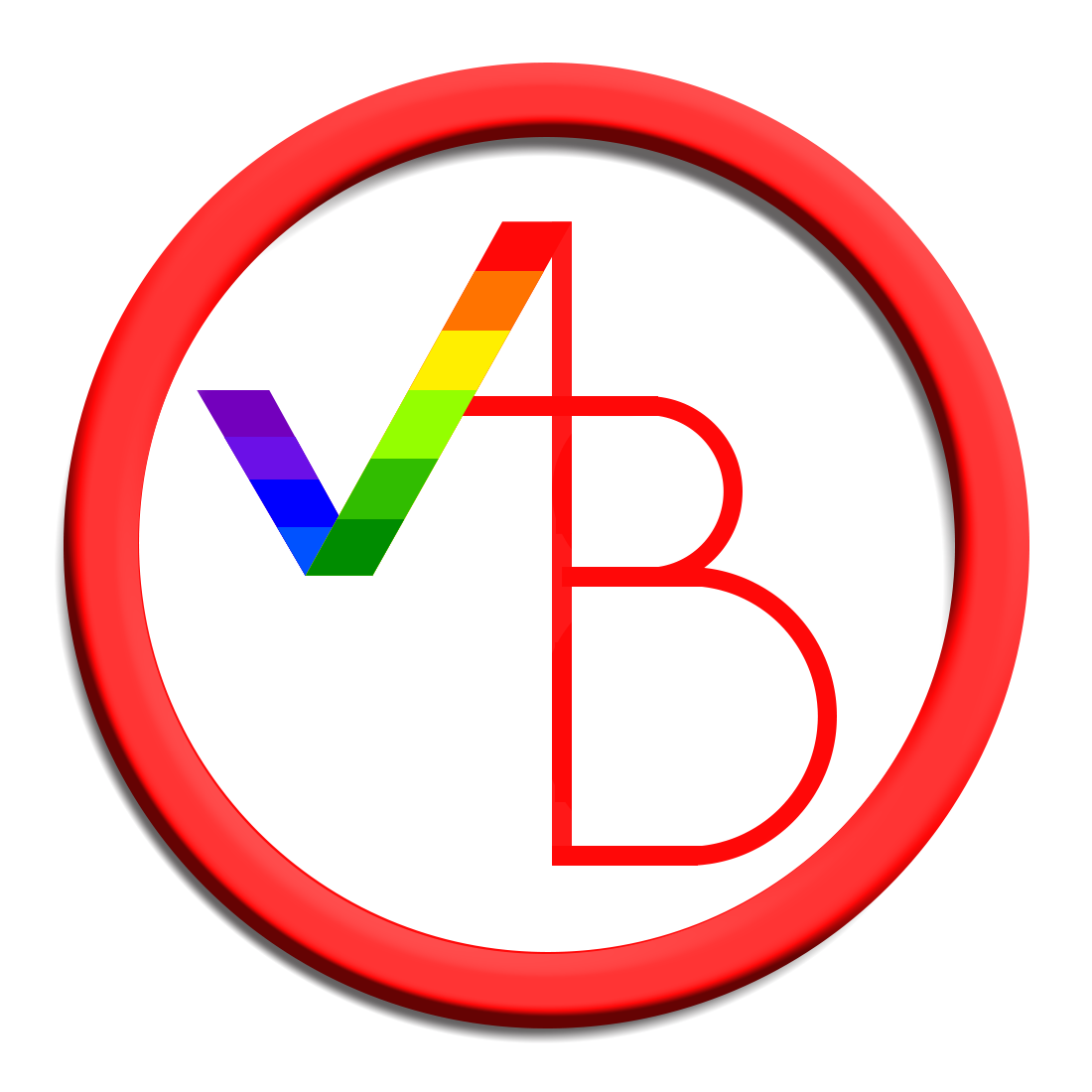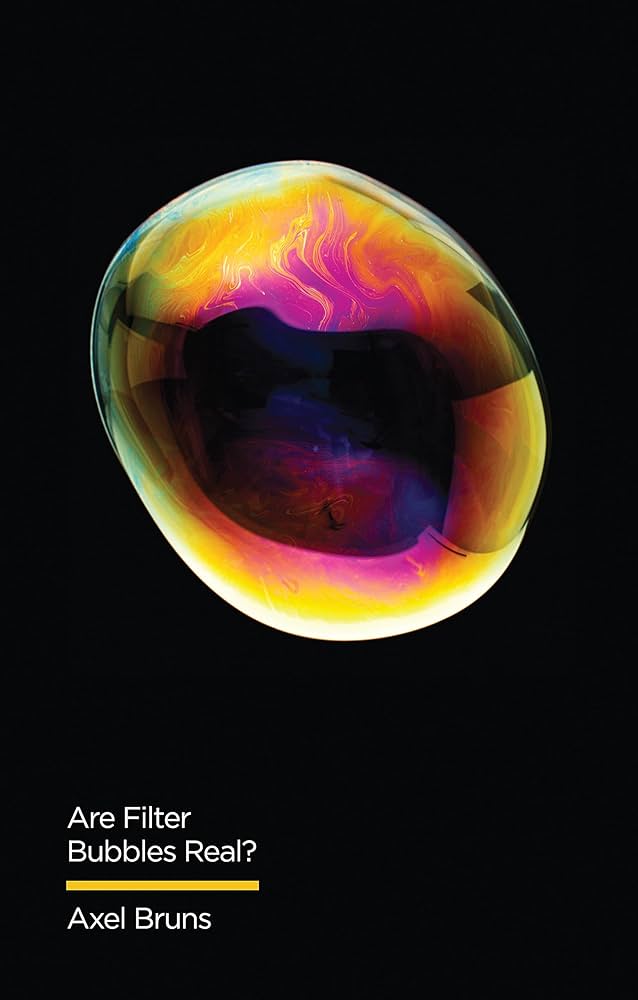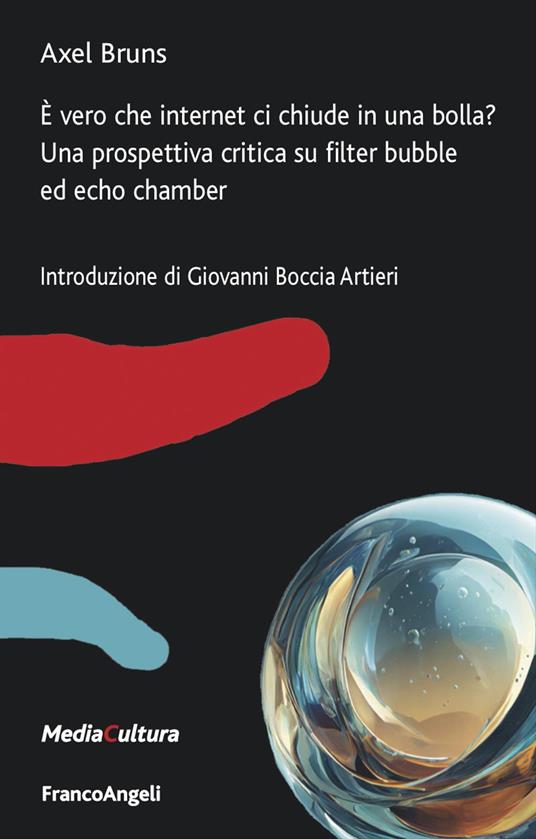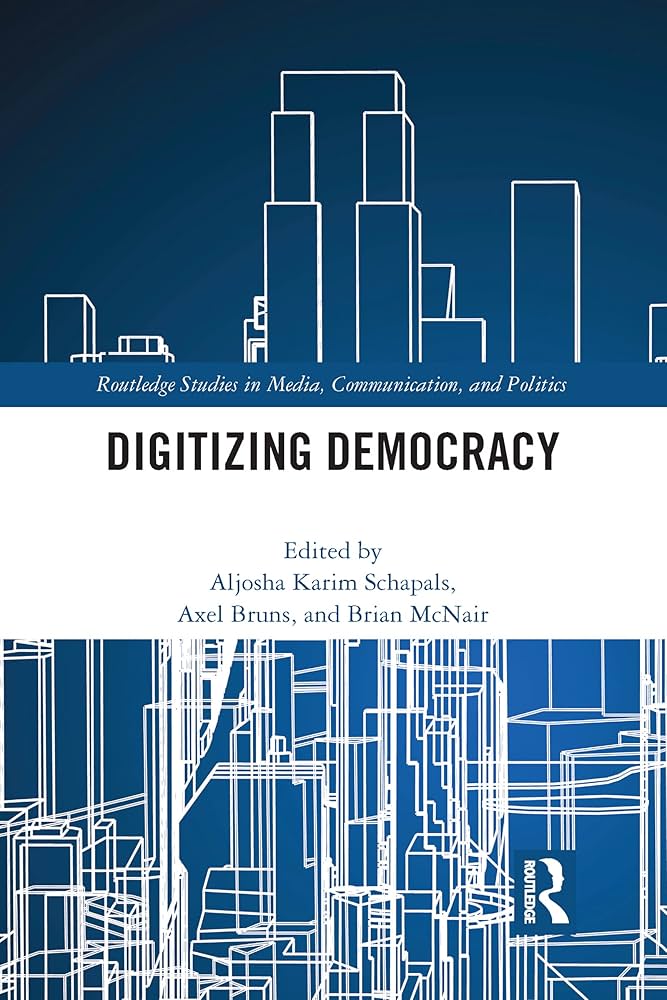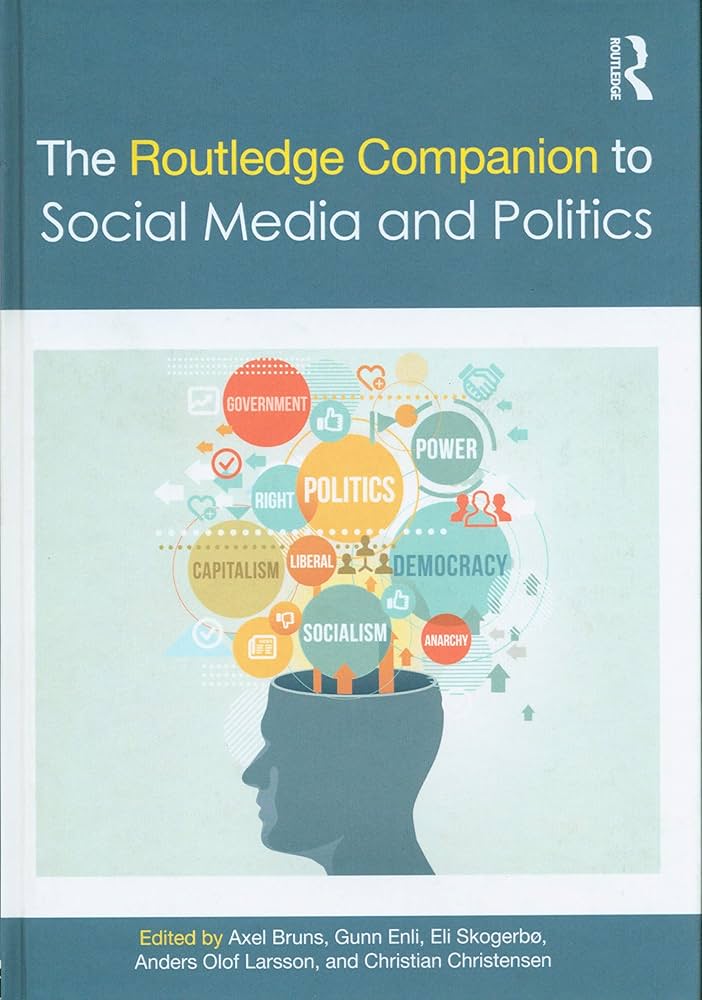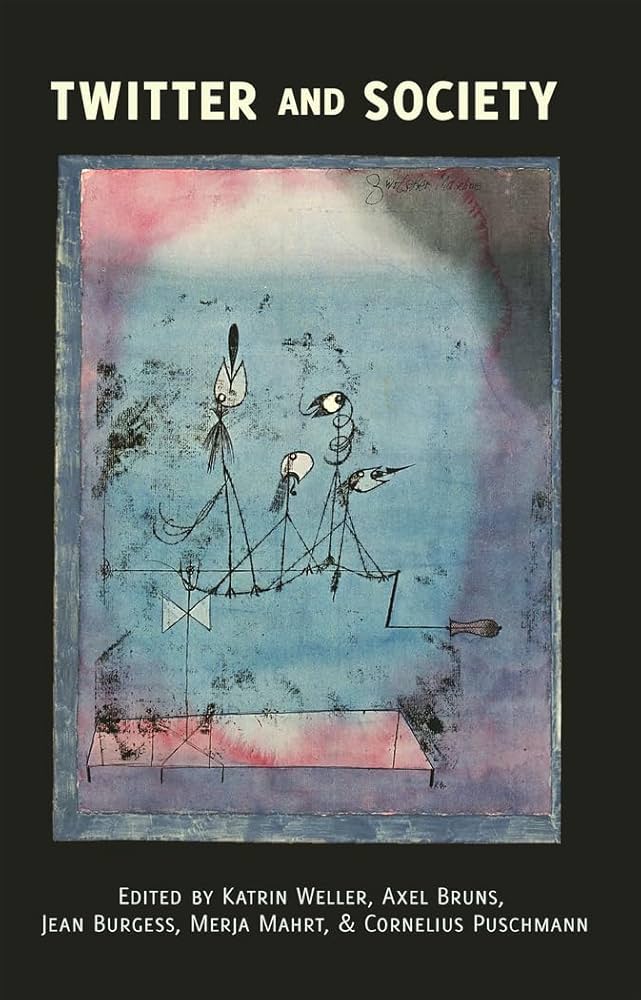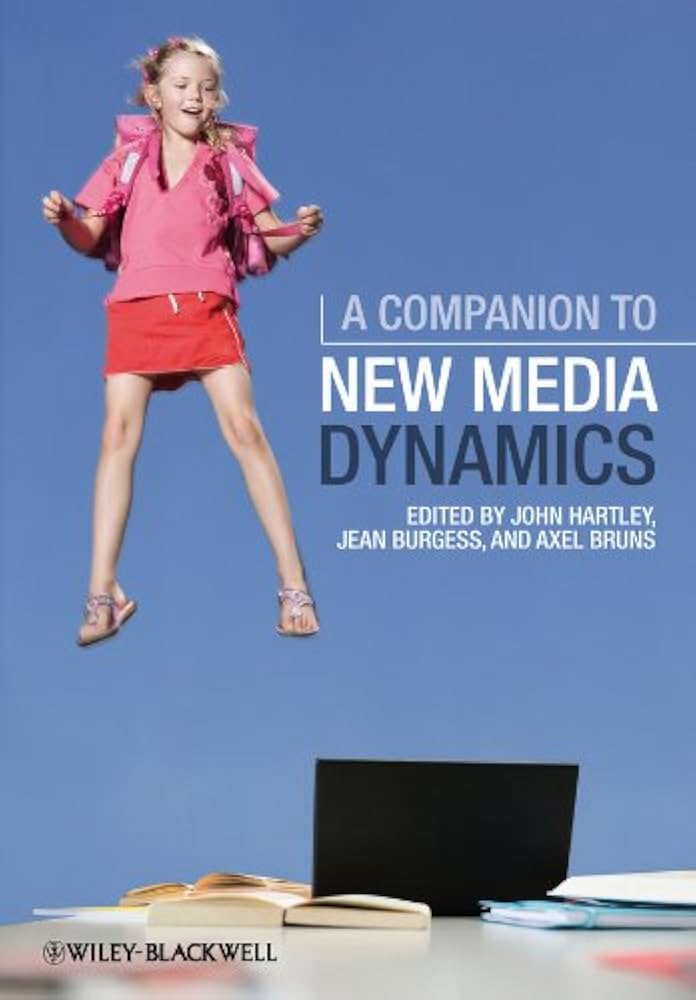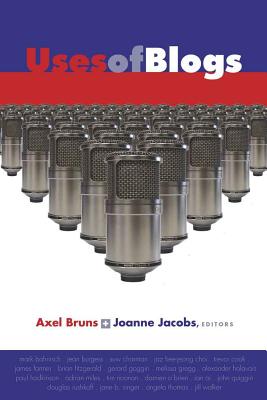Hamburg.
The first round of parallel sessions at ECREA 2010 is starting now (and there are some 15 sessions running in parallel, so what I’m covering will be far from representative for the whole conference). In the Communication and Democracy session, we start with Hartmut Wessler, whose interest is in a cross-national comparison of TV news in the US, Germany, and Russia – the focus in this is on how political discourse and debate is organised and orchestrated by the news media. This builds on the arena model of (mass-) mediated public debate.
The three countries were chosen as they represent different systems: parliamentarian multiparty democracy in Germany, presidential bipartisan democracy in the US, and defective, authoritarian democracy in Russia. Additionally, various types of TV channels (public service, commercial, state-owned; general interest or neutral or partisan news-only) were observed.
Key measures here are the share of political content, the range of voices represented, the explicit exchange of opinions, whether news items precede or follow political decisions, degree of interpretation and opinion in news items, the degree to which speaker justify their positions, and meta-communication about the rules and conduct of public debate. This is correlated with media and political structures and cultures. All of this is assessed for the main evening news bulletins, for both the overall news items and the specific political utterances.
Some results: political topics were less prominent in Russia, which may be traced to the substantial state influence on the media; the US ranked most highly here. Civil society had a much lower share, and state and business news a higher share, in Russia; opposing positions were most represented in the US, as was responsiveness in utterances. In Russia, there were also many responsive statements, but they were largely supportive of state decisions. Interpretation and opinion were strong in the US, and reporting was much more factual in style in Russia. Meta-communication was strong in Germany and the US.
There are clear relations between these findings and the democratic systems; Germany and the US performed relatively similarly, while Russia was the odd one out (the style is described here as ‘silenced contestation’). US contestation was often after the fact, incidentally.
